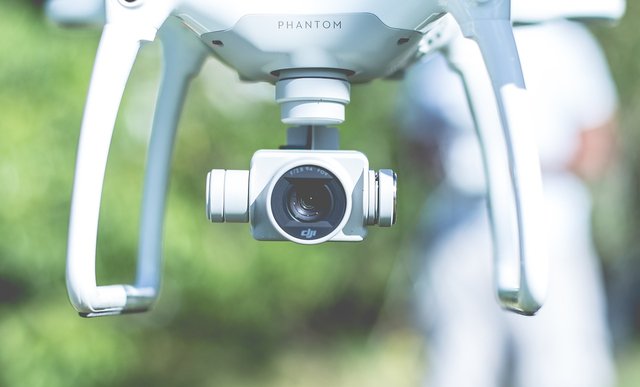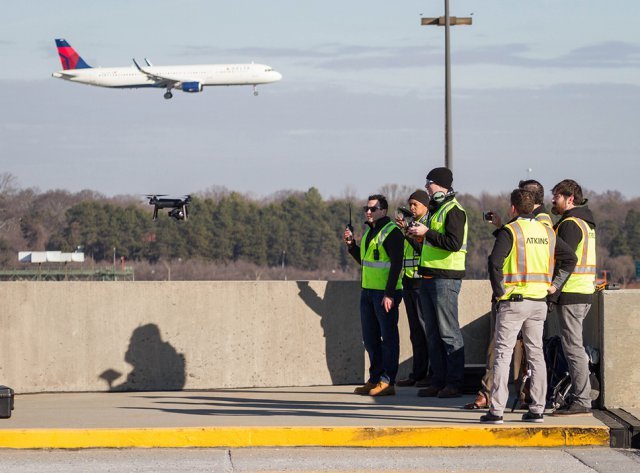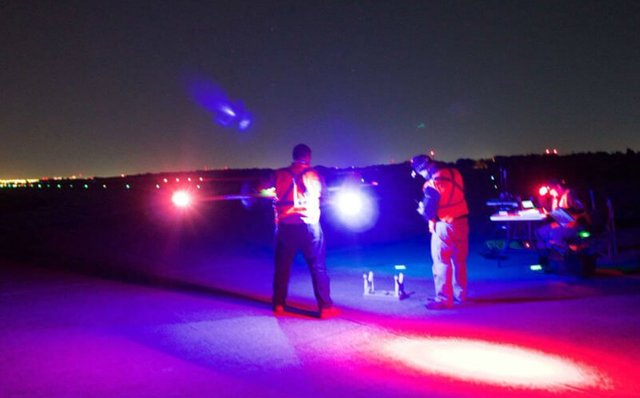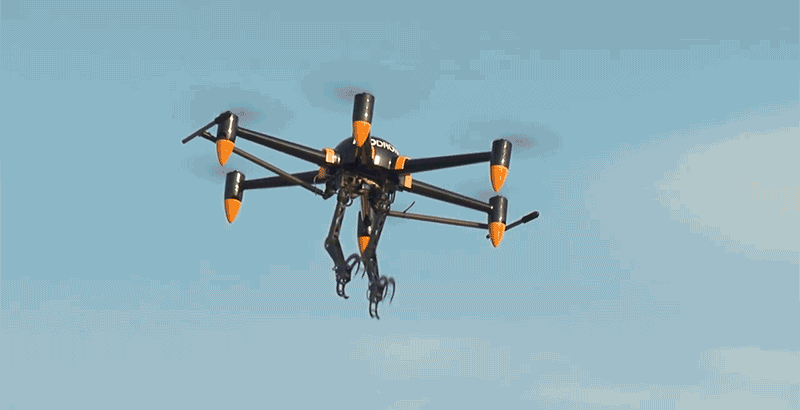FAA Testing Drone Detection System

The FAA has been testing a variety drone detection systems that it might soon unveil at airports around the country.
There are millions of drone owners around the world and the FAA admits that most people just fly them for fun, but there are many who don't know how to operate the drones in a safe manner. Last year alone, the FAA received about 1,800 different reports from pilots about bothersome drones flying near planes and the airport. This is an increase from the amount of complaints launched the previous year, which was said to be around 1,200.
The FAA has conducted drone tests for their detection systems at Dallas/Fort Worth Airport, Atlantic City Airport, New York JFK Airport, Helsinki Airport, Denver International Airport, and the Eglin Air Force Base.

The FAA also just recently concluded in a report that we don't have anything to worry about over drones when it comes to possible injuries that they might inflict. The report concluded that small drones, unmanned aircraft systems, are safer to operate than previously thought. According to the report, it's claimed that if a drone were to fall onto your head that the drone is going to absorb most of the energy in the collision and that means less of it will be transferred to your own body which might pose risk of injury.
It is the first scientific study of its kind which sought to analyze the risk of drones posed to people on the ground. They admit that earlier measurements had overstated the risks of injury that might come from a drone.
The amount of drones flying in US airspace is expected to increase steadily in the years to come. At each airport the FAA has been evaluating different technology and they are looking for ways to detect control signals. They have been looking to evaluate drones of all different sizes, so they need to know how many sensors it would take to protect the airport area. Their goal is for operators of drones to learn how to operate them safely.

Their evaluation efforts began back in early 2016 and the FAA has been coordinating with industry and government partners in order to evaluate different technologies that might be helpful in detecting drones around airports.
For the Dallas area, Gryphon Sensors was the participating partner. That system that was created by Gryphon Sensors, is able to use radar, radio frequency sensors, and it has an electro-optic camera to try and spot drones flying in the area.
For their drone detection efforts, the FAA has partnered with:
- Department of Homeland Security
- Department of Defense
- Federal Bureau of Investigation
- Federal Communications Commission
- Customs and Border Protection
- Department of Energy
- NASA
- Department of the Interior
- Department of Justice
- US Secret Service
- Bureau of Prisons
- US Capitol Police
- Department of Transportation.
Once they complete their evaluation of the different drone detecting technologies, then the FAA plans to use that information to develop minimum performance standards for effective UAS detection technology that might eventually be unveiled across the country.
Pics:
Pixabay
UASVISION
FAA
Sources:
http://www.star-telegram.com/news/business/aviation/sky-talk-blog/article147398709.html
http://www.digitaltrends.com/cool-tech/dji-faa-report-drone-safety/
https://www.verticalmag.com/press-releases/faa-evaluates-drone-detection-systems-dfw/
"Most drones aren’t particularly scary. Aside from maybe gashing you open if they crash into you, there’s not much harm they can do. Until you add a pair of articulated arms with claws on the end, which turns drones into some kind of giant cyborg eagle ready to snatch babies and the elderly right off their feet." gizmodo

never seen one with claws!! so cool!
this is from the recent report as far as injury inflicted by drones: " if a DJI Phantom 3 drone were to fall on your head, you’d have a 0.03 percent chance or less of sustaining a head injury. In comparison, if a block of steel or wood with the same weight were to come down on your noggin, you’d have a 99 percent risk of injury."
" earlier measurement standards grossly overstate the risks of injury from a drone"
http://www.digitaltrends.com/cool-tech/dji-faa-report-drone-safety/#ixzz4fgzR8GvL
That's good news since in the future our skies are going to be filled with these things.
As a voluntaryist, this is a tough one for me. I fly drones and have done the Part 107. The learning required to pass the test is interesting, but hardly necessary for any practical purpose. Of course the test only applies to pros, and therefore just doesn't even make sense to me. But I digress. Total tangent.
The job of providing separation that the FAA does and seems to actually do well, is an important one. I struggle with how to get this specific issue resolved voluntarily.
it's a bit tricky when it comes to ownership of the air space lol
It really is. When I fly, I am very concerned about privacy. I wouldn't love a drone buzzing my house, yet my drone can pick out the nose hairs in all of the neighborhood. The line is pretty gray. It comes down to tact and just luck in not pissing someone off.
As for separation, I actually think it's pretty easy to stay away from other aircraft. I fly in congested airspace fairly regularly, and I just don't see the issue. Well, if one is paying attention, that is.
before the drones it was chaos over the laser pointers lol

lol. Yup.
Thanks
Great Article...